Grammar 101
- Nouns
- Pronouns
- Adjectives
- Verbs
- Adverbs
- Prepositions
- Conjunctions
- Interjections
- Phrases are groups of related words that don’t contain both a subject and predicate. These are:
- Noun phrases
- Verb phrases
- Prepositional phrases
- Adjective phrases
- Clauses are groups of related words that have both a subject and a predicate and there are two types:
- Dependent clause, also known as the subordinate clause.
- The main clause, also known as the independent clause.
Stay tuned for part two in next week’s podcast where we continue talking about grammar.
Links Mentioned
References
- Shipley, K. G., & McAfee, J. G. (2016). Assessment in speech-language pathology: a resource manual. Australia: Cengage Learning.
Full Transcript of Podcast: Grammar 101: Part 1
Episode 30 - Grammar 101: Part 1
You're listening to the Speech Space Podcast, a podcast full of tips and resources for SLPs. I'm your host, Jessica Cassity, and this is Episode 30.
Hey everyone! Thank you so much for joining me today to talk about grammar specifically syntax. So before we get started, I wanted to take a brief moment to let you know that this podcast is brought to you by The Digital SLP membership site, which is a site that features no-print and low-prep resources for SLPs, in addition to a growing library of videos that help to summarize evidence and provide you with information to help make your job easier as an SLP. To learn more about The Digital SLP membership, please head on over to thedigitalslp.com/digitalslp.
All right, now let's get back to today's topic. So as you all know, syntax is sentence structure, and I've had a lot of SLPs reach out to me and indicate that this is an area in which they're not entirely comfortable. I think that's in part because when we're in graduate school, we learn so much and we're not necessarily given a systematic way in which we approach intervention for syntactic skills. I think that some of us also might get a little bit rusty on some of our ELA skills as well. So it's necessary for us to have a really good understanding of syntactic elements of language before we can be comfortable assessing or treating this area. So today I'm going to start there and discuss the basics. Now that should provide a good foundation for future episodes where we discuss intervention and treatment. Because I cover a lot of ground in this episode, I've also created a handout for you that summarizes the content reviewed in this podcast. That way you can focus on listening to the podcast and not needing to worry about taking notes. So I will link to that or I will give you the link for that rather at the end of this show.
All right, so let's start off by talking about the eight different parts of speech. So number one is nouns. And as we all know, a noun is a word that represents a person, place, or thing. Number two is pronouns, and those are words that take the place of a noun. For example, "I," "she," or "it." Now there are many different types of pronouns. For example, personal, indefinite, or interrogative. Number three, we've got adjectives and these are words that modify nouns or pronouns, and they're usually descriptive. For example, words like "big," "happy," and "red," are all adjectives. Number four is verbs, and these are words that indicate an action or a state of being. And examples of some verbs would be words like "walk," "make," "get," "am," or "sing." Number five is adverbs. Now these are words that modify verbs, adjectives, and other adverbs. You can often recognize adverbs because most of them are followed by "l-y", but that's not always the case. So that's not a hard and fast rule that you can use. But many times you can recognize adverbs because they are formed by adding "l-y" to an adjective. The most common question that adverbs answer is how. And some examples of some adverbs would be things like "quickly," "vary," and "absolutely." Number six is prepositions, and prepositions are words that show the relationship of the noun or pronoun to some other word in the sentence. For example, "in," "by," "below," "behind," and "without." Number seven is conjunctions. This is a word that joins a phrase, clause, sentence, or other words together. And these are words like, "and," "because," "or," and "but." I also wanna add that there are four different types of conjunctions, and those are subordinating conjunctions, coordinating conjunctions, correlative conjunctions, and conjunctive adverbs. And number eight is interjections. So an interjection is a standalone word that expresses emotion. Examples of some interjections would be things like, "ouch," "wow," or "yikes."
Now that we've gone through our parts of speech, let's talk about how we combine the parts of speech, and that is through phrases and clauses that are further combined to form sentences. So we're going to start off talking about phrases and clauses. So phrases are groups of related words that don't contain both a subject and a predicate. So there's four different types. There are noun phrases, verb phrases, propositional phrases, and adjective phrases. So we're gonna go through each one briefly. Now, noun phrases are groups of words that act as a noun. So for example, in the sentence, "The red balloon is in the sky," the noun phrase would be "the red balloon." Now, verb phrases are groups of words that act as a verb. For example, in this sentence, "He was running to the park." The verb phrase would be "was running." Prepositional phrases are groups of words that act as a preposition. So, for example, in the sentence, "He left it with me," the prepositional phrase would be "with me." And adjective phrases are groups of words that modify and noun or pronouns. So, for example, in this sentence, "The pie is very delicious," "very delicious" would be the adjective phrase.
So now that we've covered our phrases, let's talk about clauses. So clauses are groups of related words that have both a subject and a predicate, and there are two types. There's dependent clauses, also known as subordinate clauses, and then there's main clauses, also known as independent clauses. So a dependent clause is a group of words with a subject and a verb, but does not express a complete thought. So some examples of dependent clauses are "when the food arrives," or "until the sun rises." Now, examples of an independent clause, which is a clause that can stand alone as its own sentence, that also expresses a complete thought. Some examples would be, "I like to swim to stay healthy," or something like "It is very important to brush your teeth."
So I know that I've given you guys a lot of information here. So I've decided to split things up amongst a few different podcasts. That way it gives everyone the chance to digest this into smaller chunks. So next week we will pick up where we left off and move on to sentences and sentence types. And if you would like to access the handout that summarizes the material in today's episode, then you'll wanna go to bit.ly/grammarpart1. So you're gonna scroll down under the "links mentioned" section, and you'll wanna click on free handout there. I think it's going to be the first link listed. So, I hope that you found this helpful, and please stay tuned for next week's episode as we continue with this series.


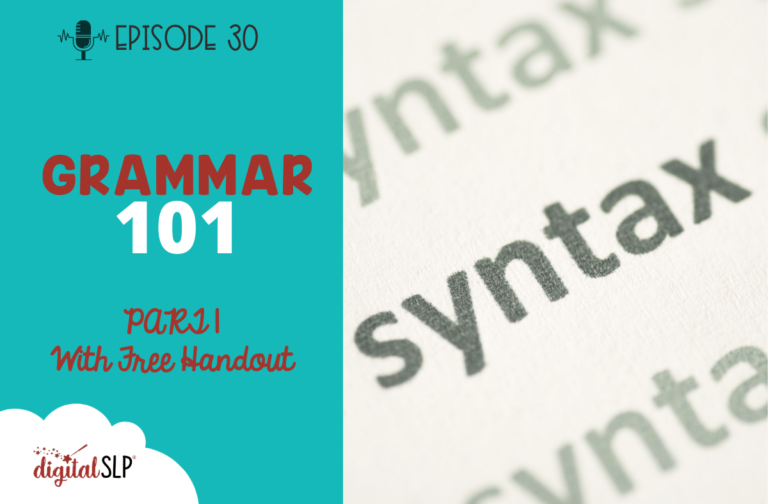



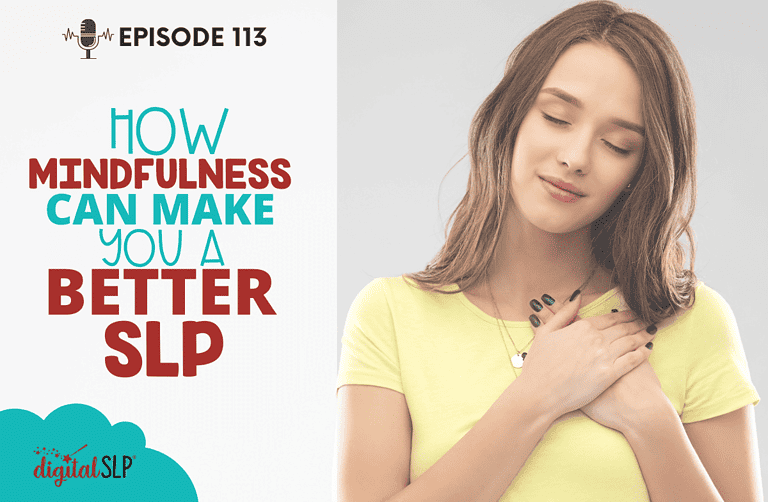
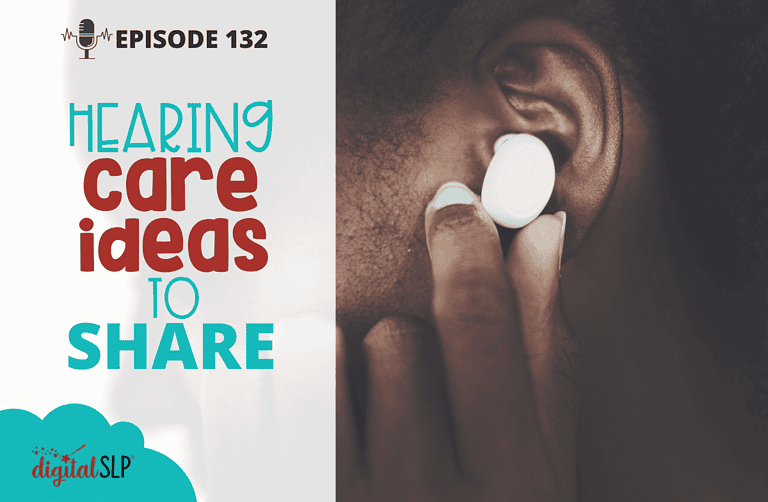
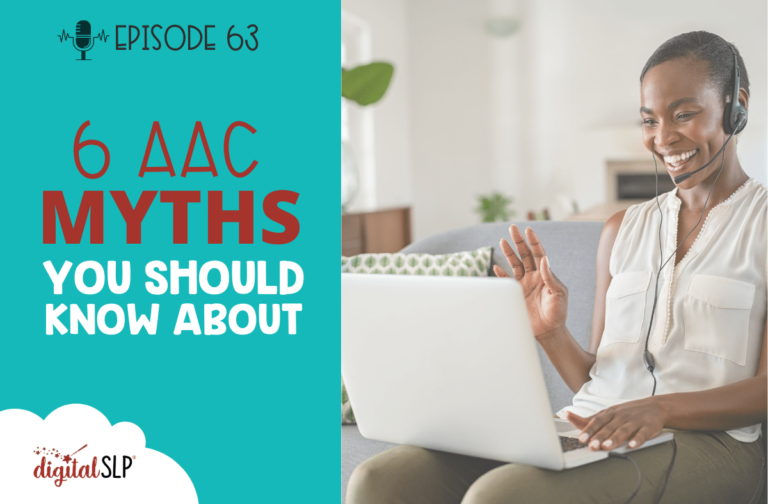
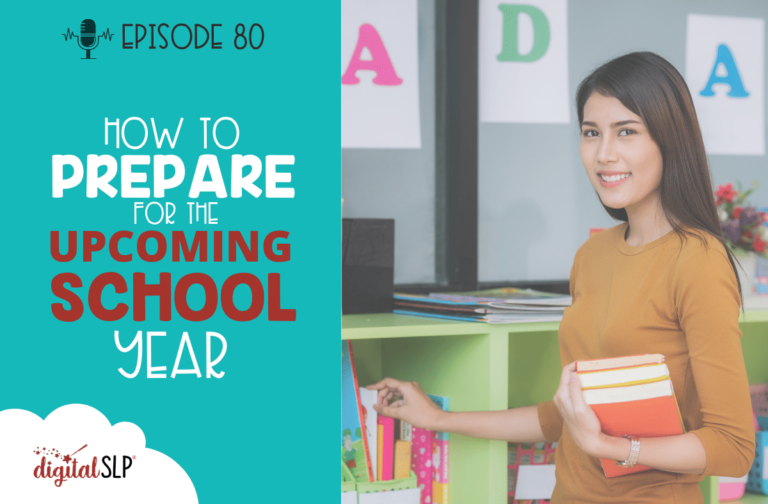
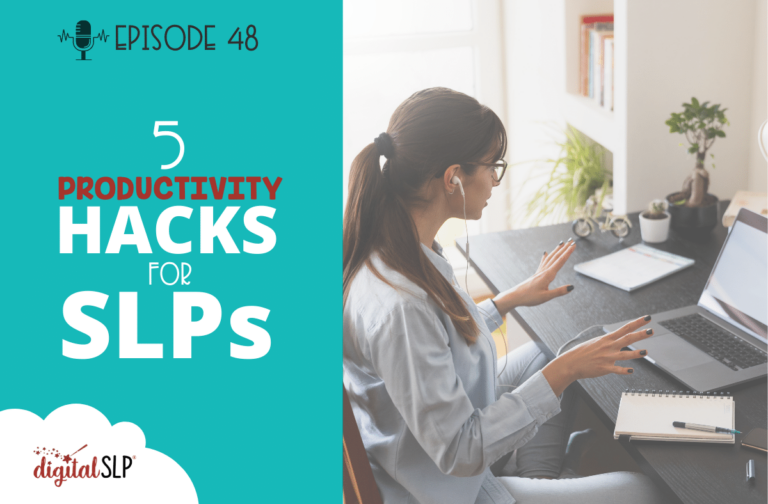
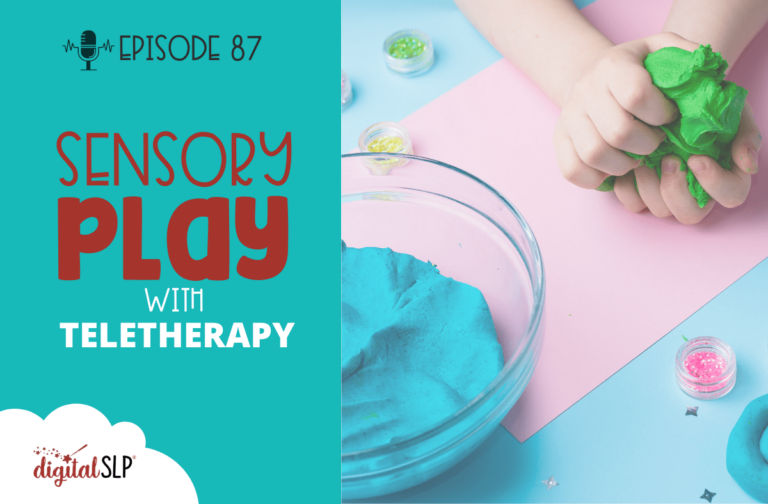

Recent Comments